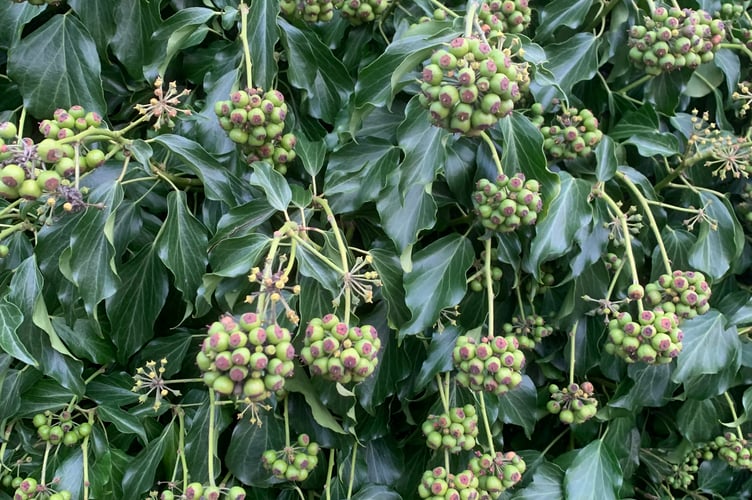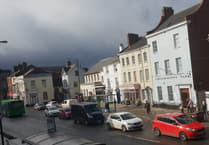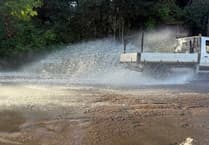THE destruction of a majestic spherical ivy bush in Wellington has angered local nature conservationists.
But National Grid, which ripped out the bush in Scotts Lane, said it was unavoidable because its engineers were working on cables which ran underneath it.
The 12-feet high ivy bush had grown outside Acre Cottages and Orchard Court, on the corner of a footpath leading from Scotts Lane to Buckwell, and had become a landmark.

A National Grid spokesman said the company had to reinforce an existing 11kV electricity circuit which fed the Westpark business park, in Chelston.
During the eight-day project, pavements and grass verges had to be dug up and vegetation removed along a line from close to the electricity sub-station in Brooks Place and around the corner toward Sylvan Road.
The spokesman said: “We did need to remove established shrubs from the public verge to make way for the cable, but we will be replacing these with Portuguese laurels, as requested by residents, in the next few weeks.”

Tindle Newspaper gardening expert Philip Greenfield said although ivy commonly was seen as a climbing plant which grew on walls and trees, it was known to establish free-standing growths.
Mr Greenfield told the Wellington Weekly: “Mature forms of ivy have been known to grow in self-supporting bushes as tall as 50 feet.”
Ivy can support up to 50 different species of insects and birds with its nectar, pollen, and berries an essential food source for insects and birds, particularly in autumn winter.



-teacher-and-coordinator.jpeg?width=209&height=140&crop=209:145,smart&quality=75)

Comments
This article has no comments yet. Be the first to leave a comment.